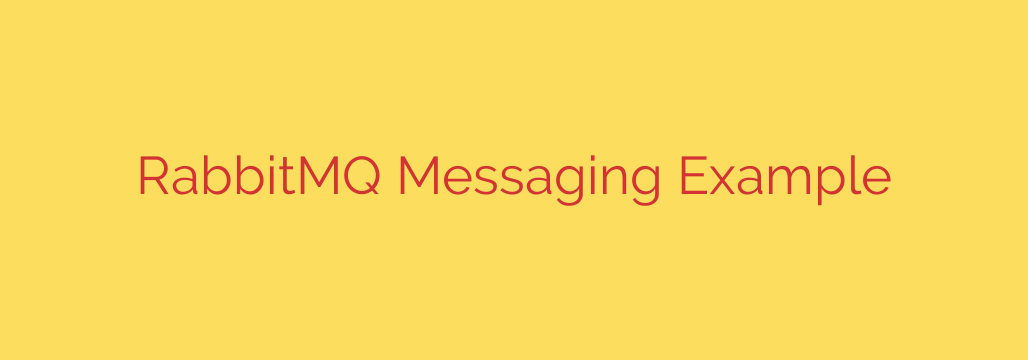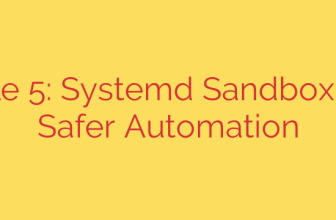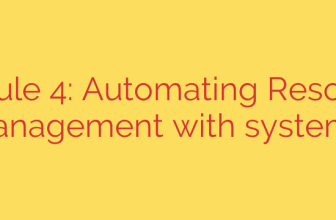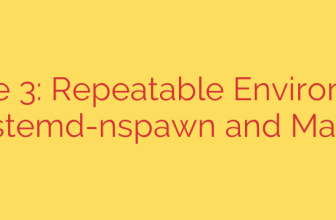
Understanding how applications can communicate reliably and asynchronously is fundamental in modern system design. One powerful approach involves using a message queue, and RabbitMQ stands out as a robust and widely adopted message broker for this purpose.
At its core, RabbitMQ facilitates communication by acting as an intermediary. Instead of sending messages directly to recipients, applications send messages to the message broker. The broker then ensures these messages are delivered to the correct destination(s). This architecture provides significant benefits, including decoupling services, enabling asynchronous processing, buffering workloads, and improving resilience.
Key components form the backbone of a RabbitMQ messaging system:
- Producer: An application or process that creates and sends messages. Producers push messages to RabbitMQ.
- Consumer: An application or process that receives and processes messages. Consumers subscribe to queues in RabbitMQ to get messages.
- Queue: A buffer that stores messages. Messages sent to RabbitMQ end up in queues, ready to be delivered to consumers. Queues are identified by a name.
- Exchange: Receives messages from producers and routes them to one or more queues. Exchanges determine how messages are delivered based on routing rules. Different types of exchanges (like direct, fanout, topic, headers) offer different routing capabilities.
- Binding: A link between an exchange and a queue. A binding specifies the criteria (often based on a routing key) that the exchange uses to route messages to that specific queue.
The typical messaging flow is as follows: A producer connects to RabbitMQ and publishes a message to a specific exchange, often with a routing key. The exchange, based on its type and the bindings configured, routes the message to one or more queues. A consumer connects to RabbitMQ, declares or connects to a specific queue, and asynchronously receives messages from it. When a consumer successfully processes a message, it usually sends an acknowledgement back to RabbitMQ, indicating the message can be removed from the queue.
Let’s consider a simple “Hello World” style example to illustrate this. A basic setup involves a producer sending a simple text message and a consumer receiving it.
The producer connects to RabbitMQ, declares a queue (or ensures it exists), and then publishes a message directly to this queue (implicitly using the default exchange or explicitly a direct exchange bound to the queue).
The consumer also connects to RabbitMQ, declares the same queue (again, ensuring it exists), and then starts consuming messages from it. When a message arrives, the consumer processes it and sends an acknowledgement.
This straightforward example demonstrates the fundamental pattern: a message is sent without the sender needing to know who the receiver is, and the receiver processes the message asynchronously at its own pace. This decoupling is incredibly powerful for building scalable and resilient systems where different parts can evolve independently. Moving beyond this basic setup involves leveraging different exchange types and complex binding patterns to achieve more sophisticated routing logic, enabling scenarios like broadcasting messages to multiple consumers (fanout), routing based on specific identifiers (direct), or pattern matching on topics (topic). Mastering these components allows developers to build highly distributed and efficient applications using RabbitMQ.
Source: https://itnext.io/example-of-message-communication-with-rabbitmq-55644d45a48a?source=rss—-5b301f10ddcd—4








